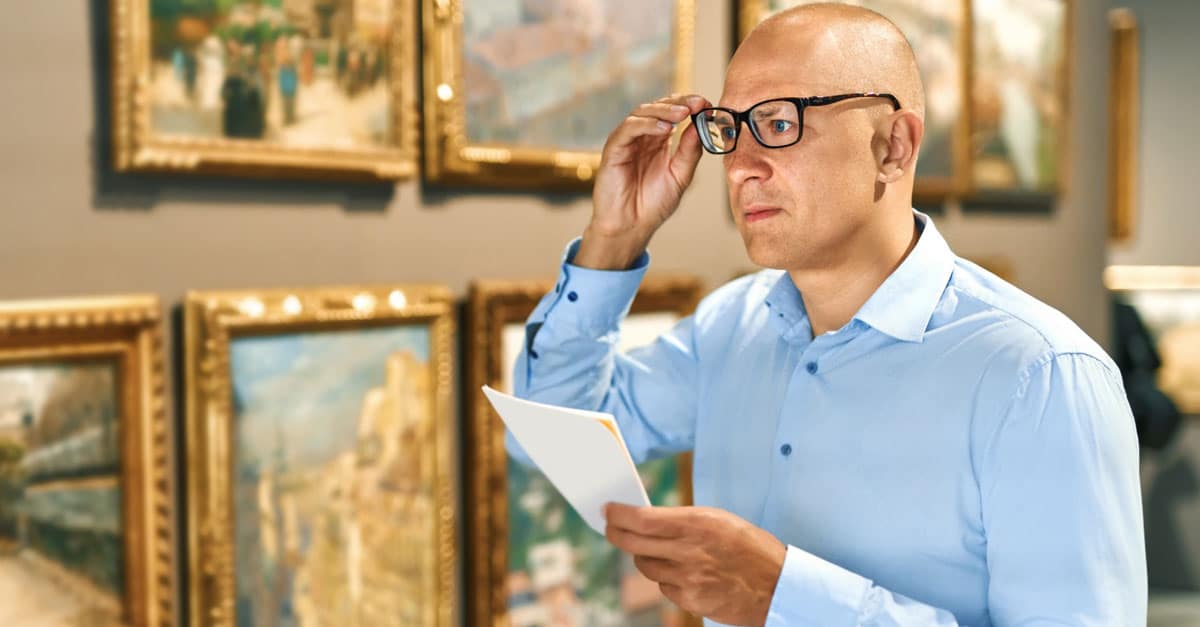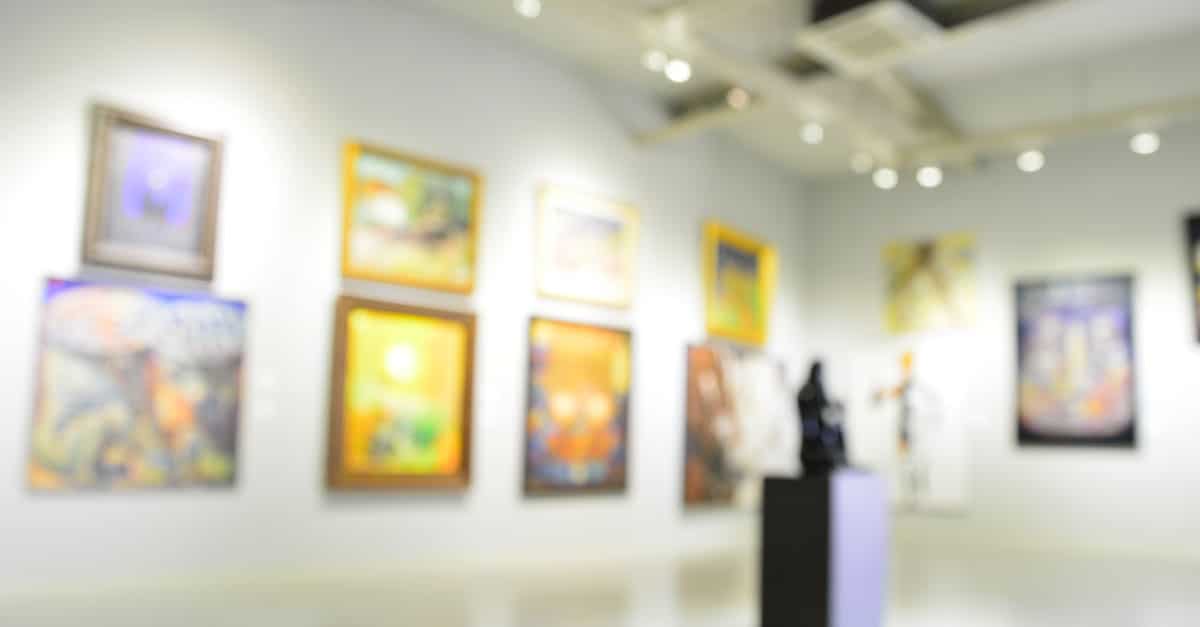Strictly speaking, an art collector is anyone who acquires art for a purpose other than just decoration. In the commonly understood sense, however, an art collector is someone who seeks to support artists by purchasing their works, which can often be valuable financial and cultural assets. Sound like a journey you’d like to set out on? Here’s where to start:
01 Set a Budget
A budget will allow you to decide what art is available within your means and where to look for it. Start small and gradually increase your budget as you grow your collection and overall understanding of the art market. A budget of US $1000 or less could be a good starting point, but this could vary depending on your income. Next, consider how you will allocate your budget. For example, do you initially intend to buy one original artwork worth US $1,000 or multiple lesser-priced pieces? As a general rule, it is better to seek quality over quantity, since your budget may change in the future.
02 Define Your Goals
Many collectors start collecting for aesthetic reasons, for example, to enliven their living room with a piece they appreciate. Art can no doubt transform a room and create a beautiful interior, but what happens when a collection outgrows its four walls? Defining your motivation or goals for buying art will have a huge impact on the kind of collection you end up building. A good approach is to buy what you love and resonates with your personal taste. You will have to live with the art you purchase, so it is better to invest in something that will inspire you every day.
03 Seek Signed Limited Editions
Limited-edition prints are great pieces with which to start your art collection. What is more, signed editions inevitably have more value, and even more so when the artist grows in fame and reputation. If you want to buy from a big-name artist, their most affordable pieces are usually drawings, etchings, or otherwise on paper somehow. Look for artworks that bear characteristic symbols, styles, or subjects that easily identify them as the work of a particular artist.
Elevate Your Wealth Game: Empowering UHNWIs for Simplified Asset Management. Altoo Platform Preview
04 Keep On Learning
Learn about the various types of artworks, mediums, and styles; read up on artists; visit museums and galleries; or find artworks you love on social media. The more art you see, the more you will start to understand the differences between the various techniques, mediums, and styles used by different artists. Most importantly, you will train your mind and eye to identify the types of art you love and enjoy the most. To ensure that you have an enjoyable experience collecting art, immerse yourself fully in the art world and do some research.
05 Don’t Chase Trends
If you’ve developed your eye and done your research, you’ll feel comfortable with many of the ins and outs of the art world, i.e. what movements are on the rise and what artists are generating buzz. But in an arena that produces art stars seemingly overnight and auction records are frequently set, broken, and then broken again by young up-and-comers, it’s important to stay grounded when considering purchasing a piece. It is important to make collecting decisions on your own, and your focus should stay on the work and not the hype surrounding it. Don’t let someone talk you into buying something you don’t have a personal connection with. The key principle, especially for new collectors who might be especially eager to try and scoop up a work by a well-hyped artist, is to “value art, not its value.” Collect with your eyes, not your ears; look for permanence and avoid trends.











